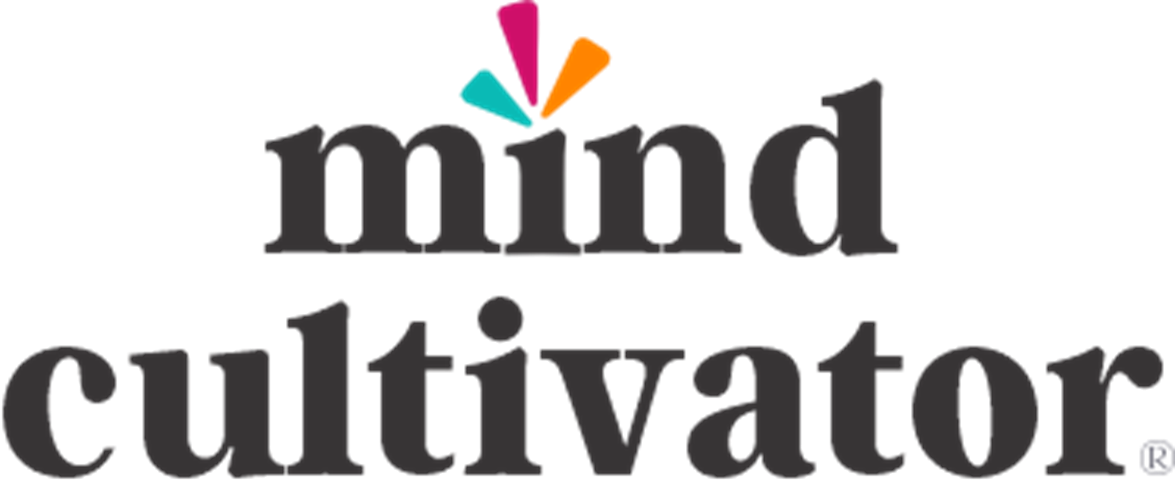Conversations with colleagues have opened my eyes to a truth: DE&I initiatives might not be hitting the mark, or fulfilling the purpose they are intended to. Often, they are seen as “programs” led by HR, not appearing to be fully supported, driven, or invested in by leaders of the organization. The DE&I space is filled with constant expectations, reminders, and ever-changing language, vocabulary/acronyms, and titles. Leaders find themselves in a web of good intentions.
Trying to use the “right” terms today can backfire tomorrow, with no room for errors or updates and little appreciation or grace for their efforts. Add to that the need to keep pace with industry trends, meet performance metrics, and ensure team engagement -all of which are tied to the evaluation of their performance as leaders. Let’s be clear: changing human behavior is not a walk in the park. The desire to change is there, but where to start?
I developed the Mind Cultivator Framework, as a guide for leaders to shape teams into mighty forces of unity, purpose, and engagement. By understanding the significance of rapport-building, shared purpose, belonging, engagement, and commitment, leaders can transform their teams into thriving communities that achieve excellence.
A leader’s influence, like a gardener tending to a flourishing flowerbed, cultivates the very essence of the team culture, ushering in an era of unparalleled success and belonging.
Join me as we journey through a three-pronged conversation on moving from Rapport to Belonging to Results:
1. Why Belonging?
2. What is Rapport?
3. How Can Leaders Build Rapport?
Why Belonging?
Let’s first start with what is meant by Belonging in the workplace and then work through why it matters to teams. Belonging is a sense of being a member or part of something. It is the empowering state where employees feel fully accepted, valued, and included in the organizational culture. It is a vital sense of connection that allows individuals to bring their authentic work selves to work, contributing both their strengths and vulnerabilities. This sense of belonging is not just a feel-good factor; it is a performance driver. It’s amplified when the team shares common values, goals, and norms, making it a strategic asset for any organization.
Given what is meant by Belonging in the workplace, adding “B” (Belonging) to DE&I makes sense. It is the piece that is easier to manage and more within the control of a leader (anyone who supervises, manages, or leads people). DE&I can feel obscure and never fully attaining, but helping create a sense of belonging? Now that is within reach and something that can be done at any level in an organization. Urging leaders to step into vulnerability and drive “DE&IB” is not easy – or realistic and at times can turn off leaders. When you have so little control over the pieces, it starts to feel like taming a storm. It is about starting with the small steps needed to make a difference in order to get tangible results.
Picture this: you are lost in the “I don’t know what I don’t know” fog. DE&I (without the Belonging element) feels like a huge challenge. Touching elements from the employee life cycle to mirroring the community. Policies, mind shifts, education, behavior changes – a lot is on the plate and a lot is at stake. The lack of priority on this initiative makes resources scarce. One-time interventions like “Unconscious Bias Training” have their moment, but fizzle if leadership is not ready to tackle the deeper-seeded issues.
Driving DE&IB is the right thing to do. Research shows organizations who embrace DE&I efforts and make it part of their culture thread, financially outperform industry competitors.
But what if the organization is not ready, but YOU are ready to do something about it? You know the benefits, but you are not at the top of the ladder? What if you are two, three, or four levels down? Where do you begin?Here is the truth: leaders can craft their culture and have 100% influence over how they shape their team’s vibe. “Belonging” is the secret sauce to outperforming the rest. Belonging should be the first step in driving DE&I efforts.
Changing the focus to creating a sense of belonging for each person shifts a leader’s thinking away from trying to remember what words to say or vocabulary to use, and assuming it is what the person prefers. And shifts it to meeting people where they are and finding out what each individual needs to belong.
This mindset shift considers a leader’s willingness and ability to create a safe space for team members’ growth and talents, which are crucial for talent retention. Data shows the leader’s demeanor and commitment to building a culture of belonging significantly impact talent retention and can lead to a 62% increase in job performance, a 47% reduction in turnover risk (BetterUp, 2022), and a 75% reduction in sick days (Deloitte, 2021). Therefore, a leader has a pivotal role in setting the tone for inclusivity within their sphere of influence.
In the bustling modern workplace, team culture is the heartbeat, and an organization’s DNA. It is not luck. It is nurtured by leaders who understand the dynamics and recognize their impact on each of their team members’ level of engagement. Having collaborated with teams for over two decades, I found the missing link – Rapport. The micro-step to building a team culture of Belonging is to start with building Rapport.
In a world of DE&I quests, the Mind Cultivator Framework holds the key to crafting teams that truly thrive.




0 Comments